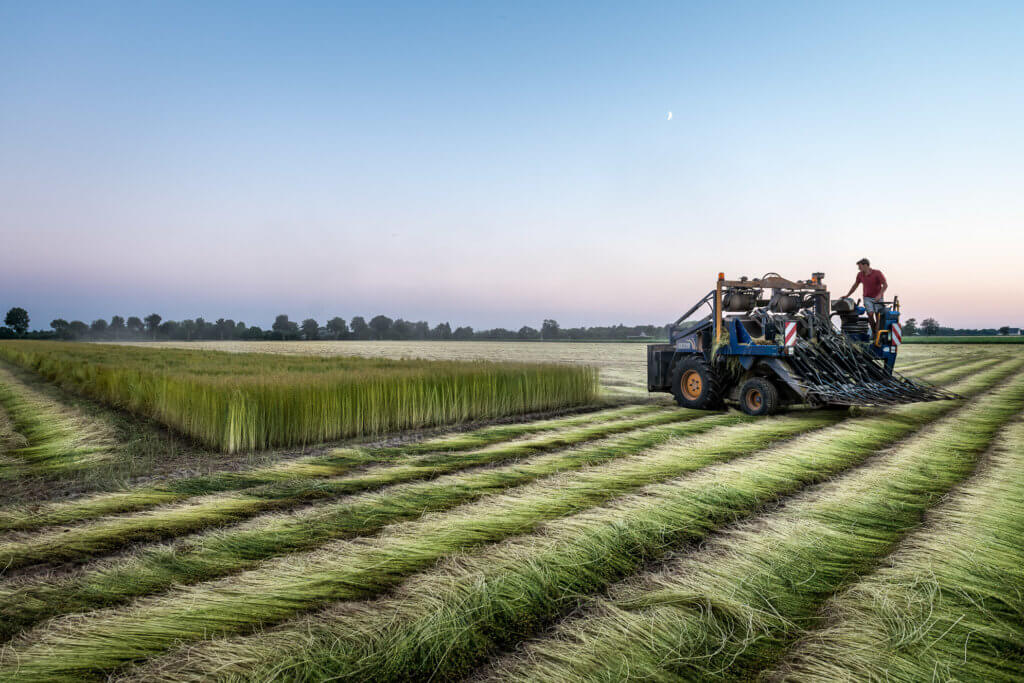French linen or Belgium linen are the finest linen is the world... yet, some brands offer this beautiful product at a cheaper price and you may wonder why...
We have investigated for you...
In 2020 about 150 000 hectares of flax was sown in Belgium, France and the Netherlands, which represented 80% of the worldwide flax production. This is because the flax plant grows best in the north of France, in Belgium and in the Netherlands. This regions’ rich soil and mild North Sea climate, where sun and rain alternate, are ideal for growing a fiber that is known worldwide for its quality.
As you may know, linen has this reputation of being a luxury product because of its price. But you may also know that the fabric is timeless, lasts for a loooong time and is really comfortable. So, considering the lifespan of this product and the time needed to manufacture linen, price becomes suddenly very reasonable.
Yet, you can be tempted to go cheaper...
Don't be fooled...
Once flax is harvested, dramatic differences in quality begin to arise, all depending on where it’s processed and transformed into linen. It can be called ‘French Flax Linen’, 'European Flax Linen', 'French flax' regardless of where it was processed... not giving you much clues, unless you dig way further...
What you may not know is that all this means is the flax was grown in this region, then shipped off to China or India to be transformed into linen. This is where everything changes and the quality of your linen is compromised.
You may believe the difference in price is due to the fact it is just processed in places where artisans are paid less. Well, partly only... because unfortunately, the quality is not the same as well...
Why?
The fibres come from France but the way it is processed and transformed into linen is another story and leads to dramatic differences in quality.

The quality of the fibre is directly linked to the process of extracting the fibre, known as retting. This is where flax is left in the fields for several weeks, exposed to nature and the optimal climate to break the woody stalks down to enable access to the fibres. This process can take from two to six weeks, depending on the climate and only a highly skilled expert can determine when the retting stage is complete. If too short, fibres are hard to extract, if too long, fibres will rot and lose their strength.
Elsewhere in the world, this process is often chemically achieved... Because it is faster and cheaper... it can then be sold at lower cost on the customer... But this way is definitely not eco-friendly and to the detriment of quality... After a few washes your expensive linen won't be the same... so in the end more expensive than the genuine one...

You'll get for what you paid and French flax won't be the one to blame... you didn't have proper French Linen...
So, for the love of linen, high quality and eco-friendly products, we need to slow down... Be patient and enjoy the linen we all love for the decades to come...

